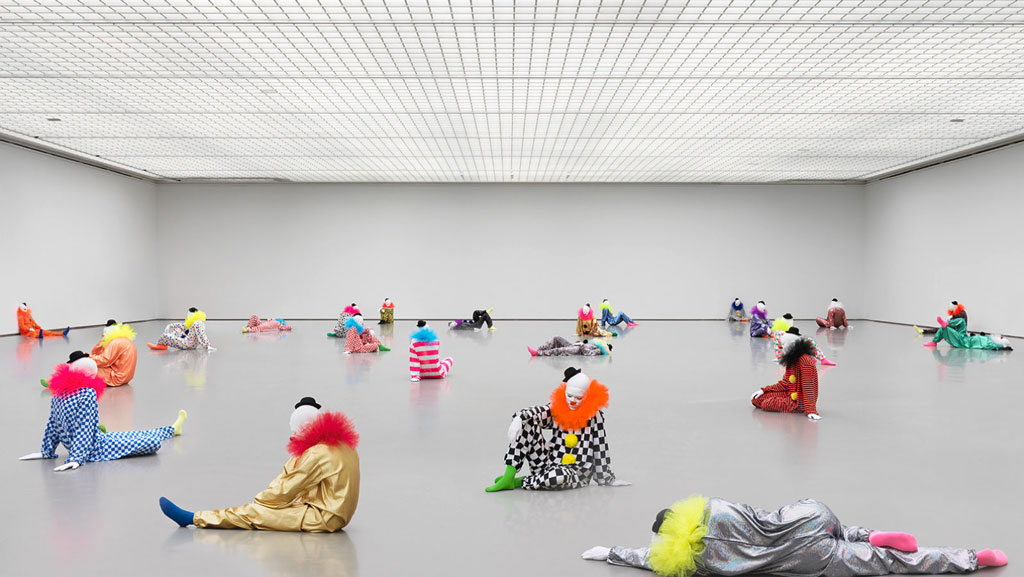BIENNALS:Aichi Triennale 2019,Part II
![Walead Beshty, Travel Pictures [Tschaikowskistrasse 17 in multiple exposures* (LAXFRATHF/TXLCPHSEALAX) March 27–April 3, 2006] *Contax G-2, L-3 Communications eXaminer 3DX 6000, and InVision Technologies CTX 5000, 2006/2008](http://www.dreamideamachine.com/web/wp-content/uploads/2019/08/Walead-Beshty.jpg) Aichi Triennale is an international art festival aimed at showcasing as fully as possible the artistic activities of the present day, including the visual arts, images in movement, music, the performing arts and opera. It is a unique opportunity to discover the connection with the intrinsic nature of art before its branching into specialist genres. It also provides an open forum where contemporary artists can uninhibitedly exchange ideas and knowledge through creation, sharing moments of inspiration (Part I).
Aichi Triennale is an international art festival aimed at showcasing as fully as possible the artistic activities of the present day, including the visual arts, images in movement, music, the performing arts and opera. It is a unique opportunity to discover the connection with the intrinsic nature of art before its branching into specialist genres. It also provides an open forum where contemporary artists can uninhibitedly exchange ideas and knowledge through creation, sharing moments of inspiration (Part I).
By Efi Michalarou
Photo: Aichi Triennale Archive
The Aichi Triennale, 2010, is one of the largest international contemporary art festivals in Japan. In 2019, the festival’s 4th iteration features an international contemporary art exhibition alongside film, performing arts and music programs, bringing together over 80 individual artists and artist groups across a range of expressive domains to showcase their cutting-edge works. This year’s theme, “Taming Y/Our Passion” addresses the many concerns shared around the world today. At the source is anxiety – the anxiety of an uncertain future, and the anxiety of feeling unsafe and vulnerable to danger. Uncertainty makes people anxious, makes them figure that it is more reasonable to treat gray matters as black and white, and understand the world in terms of oppositions. However, humans are capable of lending a hand and offering solidarity to others in need on the spur of the moment, even if their traditions and ideals are different or it is against their rationally conceived interests. The International Exhibition sites include the Aichi Prefectural Museum of Art as the main venue, along with Aichi Arts Center, Nagoya City Art Museum, and other areas (Shikemichi and Endoji), in Nagoya City, as well as the Toyota Municipal Museum of Art and venues in the vicinity of Toyotashi Station, in Toyota City. Among the participating artists are: Walead Beshty known for work that presents, in a simple manner, the reality that the transmission of information and the transportation of things, which seem to occur instantaneously, are in fact carried out within the confines of many industries and depend on the physical labor of a great many people. Recent works by Candice Breitz have focused on the conditions under which empathy is produced, reflecting on a media-saturated global culture in which strong identification with fictional characters and celebrity figures runs parallel to widespread indifference to the plight of those facing real world adversity. Specializing in fields such as cognitive science and artificial intelligence, James Bridle is an artist and a technologist whose interests lie in cutting edge science and technology. His work, however, shies away from over-enthusiastic promotion of new technologies, instead sounding the alarm on the risks inherent within technology itself. With demonstrations such as his “trapping” of a self-driving car using ideas inspired from ancient myths and supernatural rituals, he references the history of science and technology while revealing the limits of any knowledge divorced from context. Tania Bruguera created performances and installations aiming for social change from a young age. She exposes political forces and presents global issues of migration, censorship, and repression through participatory work. For over 25 years her activity has involved cooperation with individuals and institutions, and so Bruguera defines herself as an “initiator” rather than a creator. In “10,148,451” visitors have an eight-digit number stamped on their arm. This number, which is always increasing, acknowledges the number of migrants in the world. Visitors continue into a chamber filled with tear-inducing vapor; the artist uses what she describes as “forced empathy” to physically make visitors cry even if they don’t feel connected to the abstract number stamped on their arm. In this way, her political work mobilizes spectators to act as active citizens. Bunya Yukari creates drawings rooted in the fine arts, music, and architecture. At college, where she majored in musical composition, Bunya focused on the act of line drawing as a release from the stress of extremely precise compositional styles. Since then, she has established her own style, much like musical improvisation, drawing lines on the backing medium without score, sketch, or hesitation. Pia Camil creates work in a range of expressive forms, including large-scale textile installations, associated with the Mexican urban landscape and modernization. Her recent major work “Telón de Boca” was inspired by bartering at the Tianguis Cultural del Chopo, where different kinds of music mingle together. Second-hand t-shirts, produced in advance with a designer, were exchanged for band t-shirts belonging to friends and passersby; the garments thus collected were sewn together into a single large textile, into which 24 speakers were installed. After training in computer science and the arts, and pursuing research in AI and machine learning, Heather Dewey-Hagborg creates work that encourages us to think about issues of DNA privacy and surveillance. For “Stranger Visions” based on the probable phenotypes derived from analysis of DNA extracted from things like hairs, cigarette butts, or gum left in public spaces, she created 3D printed sculptures which might or might not resemble the people who dropped those objects. Echigo Masashi has worked primarily in installation since completing his studies in architecture at Musashino Art University, creating pieces all over Europe, including the UK, the Netherlands, and Belgium. His process consists of visiting the exhibition location, gathering objects from the area, arranging them in the venue, and, after the exhibition has finished, returning them to where they were found. Fujii Hikaru’s practice is based on the notion that artistic production implies a close relationship with society and history. Mainly in the form of video installation, he creates work that responds to contemporary social issues through detailed research and fieldwork on unique cultures and histories of various countries and regions. Anna Hulačová’s expressive style combines the imaginative power of science fiction with ancient mythology, oriental thought, and traditional Czech culture and art. Her sculptures resemble extraterrestrial creations, in which organic and inorganic forms are mixed together, from living creatures to household electrical appliances. While referring to the art of the socialist era, in which healthy and beautiful bodies symbolized an ideal society, this seems to predict a future in which technological progress brings about radical social and ecological changes. Iwasaki Takahiro studied under the Faculty of Arts at Hiroshima City University. He mainly produces three-dimensional work and installations, creating intricate landscapes out of everyday objects including toothbrushes, towels, ribbon bookmarks attached to paperbacks, and duct tape. The appeal of his work lies in the instant cognitive leaps that accompany shifts in scale. Claudia Martínez Garay’s artistic practice is concerned with socio-political issues related to Peruvian history. She focuses on how colonialism has influenced the use of tools from everyday life, questioning how such objects are created, preserved, transformed, and circulated. Her work is the result of research into how images are strategically built so that people will interpret history in a certain way; she reproduces, transforms, deconstructs, and reconfigures iconography used in war and terrorism, and motifs reminiscent of traditional South American crafts and rituals from before European invasion. The Film Program presents works by 10 artists and groups from Japan and overseas at the Aichi Arts Center and other venues. Also 10 works of cutting-edge theater and performance will be staged at the Aichi Arts Center and other venues. Also part of the Performing Arts Program are lecture performances by the artists taking part in the International Contemporary Art Exhibition as well as participatory projects realized through auditions and workshops that center around creation.
Info: Artistic Director: Tsuda Daisuke, Chief Curator: Iida Shihoko, Curators (International Contemporary Art Exhibition): Nose Yoko, Pedro Reyes, Washida Meruro, Curator (Film Program): Sugihara Eijun, Curator (Performing Arts): Soma Chiaki, Main venues: Aichi Arts Center, Nagoya City Art Museum, Nagoya City (Shikemichi and Endoji), Toyota City (Toyota Municipal Museum of Art and venues in the vicinity of Toyotashi station), Duration 1/8-14/410/19, Admission International Contemporary Art Exhibition One-Day Pass:Adults ¥1,600, College Students ¥1,200, High School Students ¥600, Passport: Adults ¥3,000, College Students ¥2,300, High School Students ¥1,100, Klimt Exhibition Package (sites in the Toyota area only): College Students and Adults ¥2,000, https://aichitriennale.jp
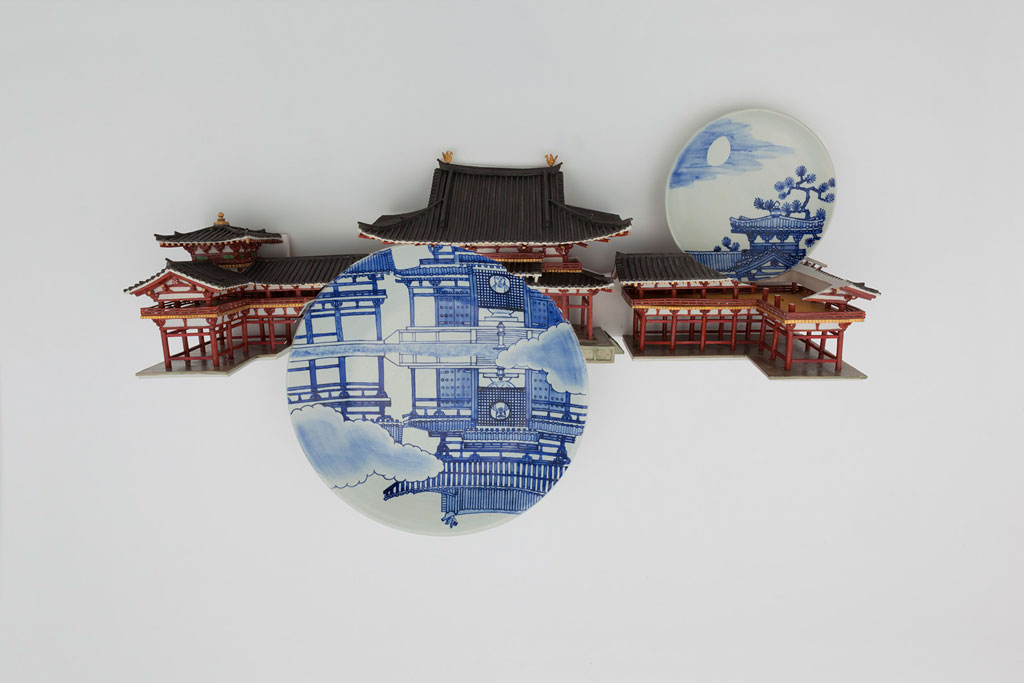
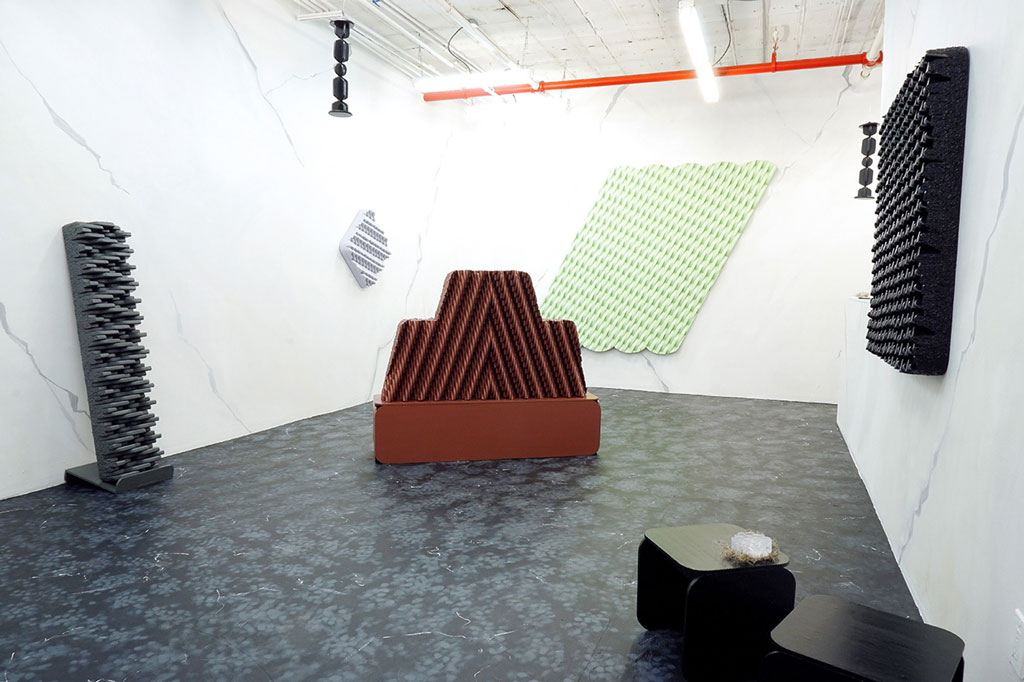
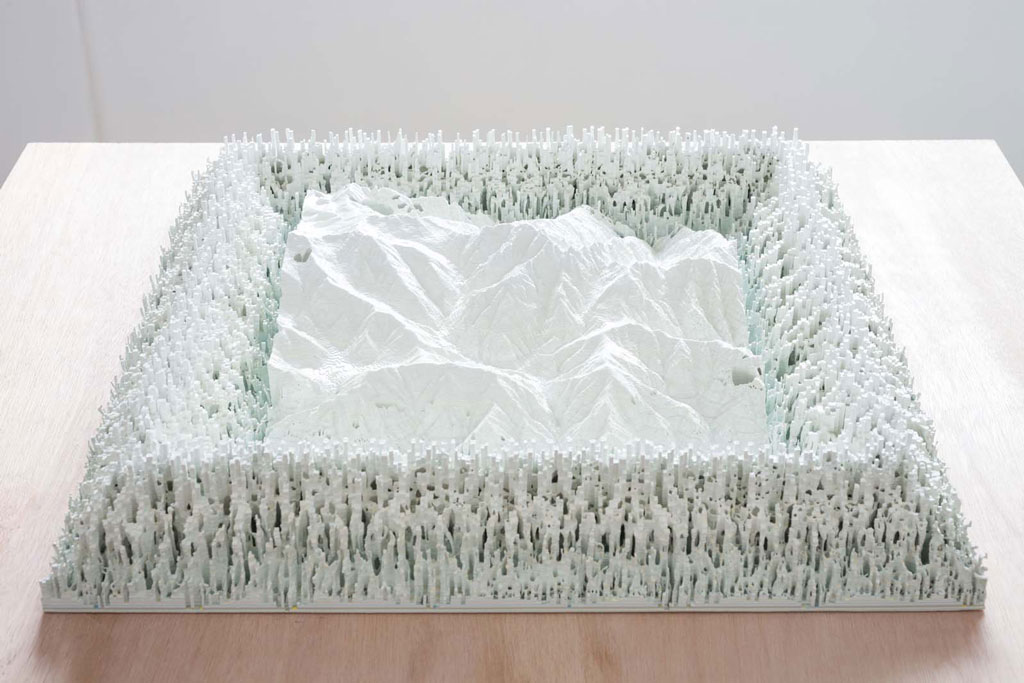
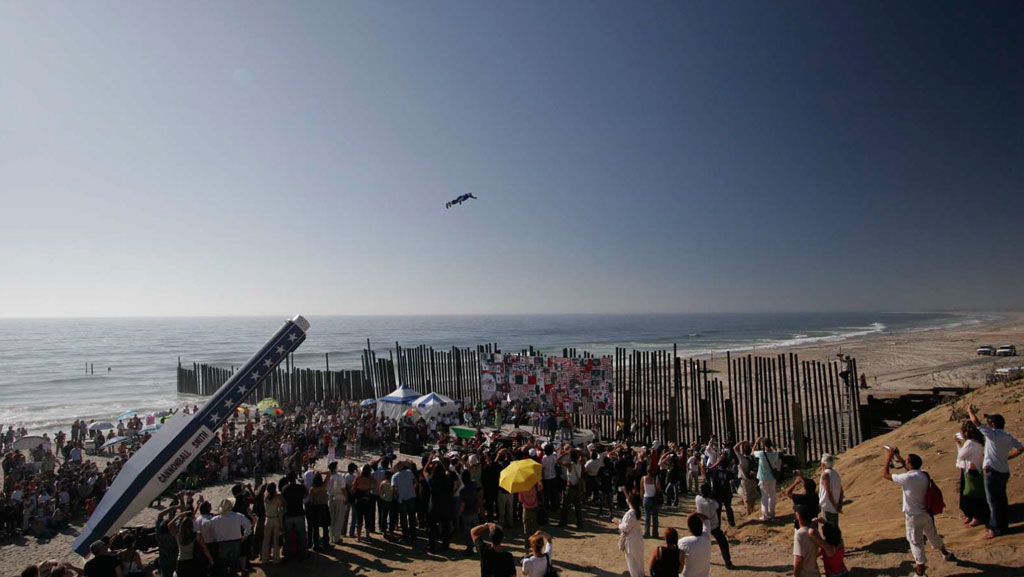
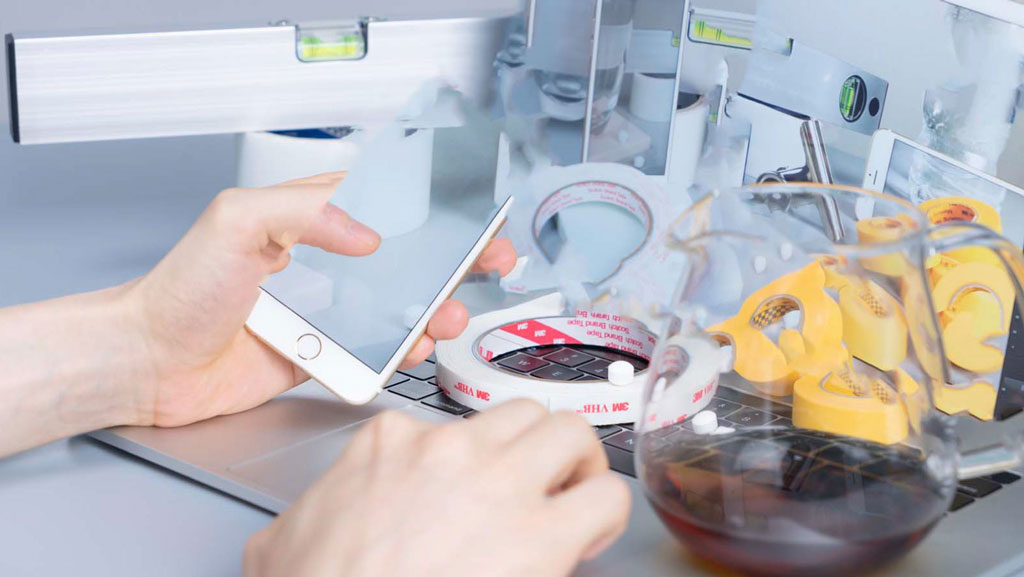
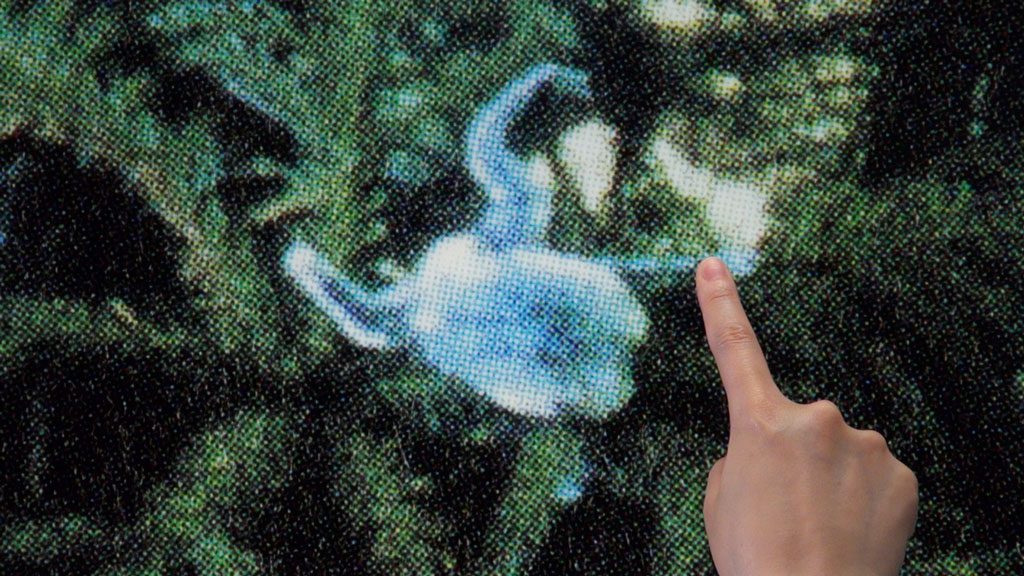
![Tsuda Michiko, You would come back there to see me again the following day., 2016, Open Space 2016: Media Conscious, NTT InterCommunication Center [ICC]-Tokyo, Japan, Photo: Tadasu Yamamoto](http://www.dreamideamachine.com/web/wp-content/uploads/2019/08/Tsuda-Michiko.jpg)
